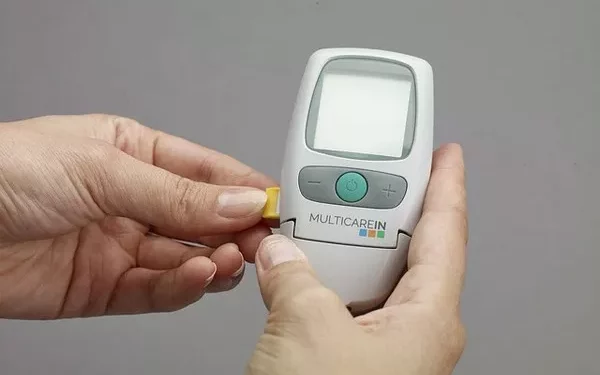In response to the alarming increase in youth diagnosed with type 2 diabetes over the past twenty years, the National Institutes of Health (NIH) has launched a nationwide consortium aimed at unraveling the complex factors contributing to this trend. The initiative seeks to enhance the understanding of biological, social, and environmental elements influencing youth-onset type 2 diabetes, focusing on identifying children at highest risk and improving prevention, screening, and management strategies.
Dr. Rose Gubitosi-Klug, the study lead and chief of pediatric endocrinology at Case Western Reserve University/Rainbow Babies and Children’s Hospital in Cleveland, emphasized the need for better identification of at-risk children. “Our overweight and obese children are at risk, but we lack clarity on how to pinpoint those who will progress to type 2 diabetes,” she stated. “This study aims to bring us closer to our goal of preventing type 2 diabetes in future generations of youth.”
Funded Research to Tackle Aggressive Nature of Youth-Onset Diabetes
This observational study, funded by the NIH’s National Institute of Diabetes and Digestive and Kidney Diseases (NIDDK), builds upon prior research indicating that youth-onset type 2 diabetes is typically more difficult to manage and progresses more aggressively than adult-onset diabetes. Young individuals with type 2 diabetes often struggle to achieve stable blood glucose levels, and their pancreas tends to lose insulin production capability much faster than in adults. Additionally, many youths do not respond effectively to metformin, the first-line medication for adults with diabetes. The condition also leads to earlier onset of diabetes-related complications, including damage to vital organs such as the eyes, kidneys, and nerves.
“These factors depict a disease that is significantly more aggressive in youth than in adults, yet the underlying causes of these differences remain unclear,” noted Dr. Barbara Linder, NIDDK program director overseeing the study. “As a result, young individuals are facing severe complications during what should be their most productive years.”
Study Aims and Participant Recruitment
The study’s objective is to pinpoint unique drivers of youth-onset type 2 diabetes, differentiating it from adult cases, thereby helping healthcare providers identify which children are likely to develop the disease and enabling more tailored prevention and intervention approaches. A total of 3,600 participants, aged 9 to 14 and considered at risk for type 2 diabetes, will be recruited from study sites across the nation. Eligible participants must have entered puberty, have overweight or obesity, and exhibit high-normal to above-normal hemoglobin A1c (HbA1c) levels without a formal diabetes diagnosis. The participant pool will reflect the diversity of the U.S. youth population with type 2 diabetes, including individuals from various racial and ethnic backgrounds, as well as socioeconomically disadvantaged and underserved rural communities.
The research team is committed to integrating insights from youth, young adults, and parents who have firsthand experience with type 2 diabetes into the study design and implementation. Input will cover aspects such as participant recruitment, retention strategies, frequency of participant visits, and the selection of data collection questionnaires.
Addressing Social Determinants of Health
In addition to exploring biological factors, the study will collect comprehensive data from participants and their families to investigate how social and environmental factors may contribute to health disparities and poor outcomes among youth with type 2 diabetes. Research indicates that social determinants of health—conditions under which people are born, grow, work, live, and age—play a critical role in shaping health outcomes. For instance, individuals lacking access to nutritious food and safe spaces for physical activity may be at a higher risk of obesity, which correlates with type 2 diabetes.
“Currently, many children deemed ‘at-risk’ for developing type 2 diabetes may never actually develop the condition,” Dr. Linder explained. “Understanding the specific factors that define true risk is essential for implementing effective targeted prevention strategies. These efforts are crucial to reducing the substantial burden that youth living with type 2 diabetes and its complications place on themselves, their families, and the U.S. healthcare system.”
Related topics:
Increased Amputation Risk for Diabetics in Lower-Income Areas, Report Reveals
Reducing Ultra-Processed Foods Linked to Lower Risk of Type 2 Diabetes



























